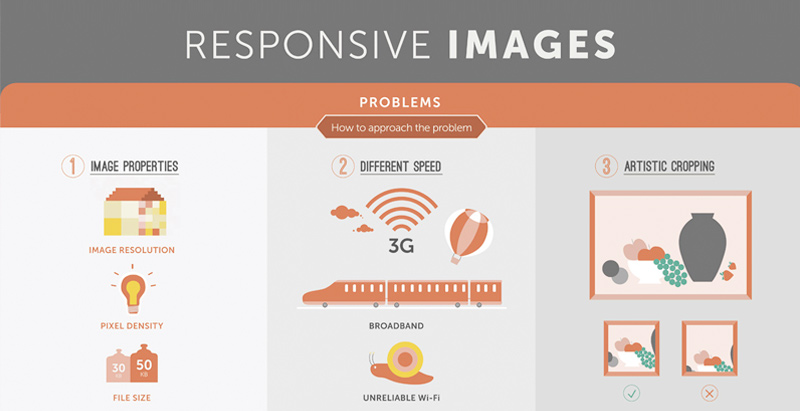Internet Site Design Fundamentals: Tips For Building A User-Friendly Website
Internet Site Design Fundamentals: Tips For Building A User-Friendly Website
Blog Article
Team Author-Wiley Gammelgaard
When it concerns web site layout, ensuring user-friendliness is key. From responsive design to structured navigation, every component plays a vital role in producing a website that satisfies your target market's needs. But what about the better information that can make or damage an individual's searching experience? Keep tuned as we discover some often-overlooked tips that can raise your internet site's usability to the following degree, making it really stand out in the electronic landscape.
Importance of Responsive Style
Responsive design is a vital aspect of modern-day site advancement. Guaranteeing your site is receptive means that it can adapt to different screen dimensions and devices, supplying a seamless experience for individuals.
With the raising use smart devices and tablets to access the internet, having a receptive design is vital for reaching a bigger audience. It helps in improving customer experience by making your site simple to navigate and keep reading any gadget.
Additionally, https://website-marketing-solutio73951.myparisblog.com/31657200/yearning-for-a-perfect-website-design-discover-the-vital-actions-and-complex-information-that-elevate-a-layout-from-great-to-remarkable can positively influence your internet search engine positions, as online search engine like Google focus on mobile-friendly internet sites. By having click the up coming website page , you're also future-proofing your internet site, as brand-new devices with differing screen dimensions continue to emerge.
Simplify Navigating Framework
To improve customer experience and facilitate simple access to information on your internet site, improving the navigating structure is vital. When designing your website, concentrate on producing a clear and instinctive navigating menu that assists visitors find what they're seeking rapidly.
Restriction the variety of menu items to the basics, grouping associated pages with each other to avoid frustrating customers. Usage detailed labels that clearly indicate the material of each web page, making it easier for users to comprehend where each link will certainly take them.
Consider executing dropdown menus for subcategories to avoid jumbling the main navigation bar. Additionally, consist of a search bar plainly on the web page for customers that prefer searching for details information.
Prioritize mobile responsiveness in your navigating style to guarantee simple gain access to on all tools.
Maximize Page Tons Rate
Improving web page lots rate is critical for preserving site visitors on your website. Slow-loading web pages irritate individuals and can lead to high bounce rates. To enhance page load speed, beginning by maximizing photos. Press pictures without endangering top quality to decrease their file sizes.
In addition, allow web browser caching to save frequently accessed sources in your area, quickening load times for returning site visitors. Minify CSS, JavaScript, and HTML files by removing unneeded characters, comments, and formatting, boosting load rate.
Think about using a material distribution network (CDN) to disperse your website's web content throughout multiple web servers worldwide, minimizing latency for customers accessing your website from various locations. Finally, restrict making use of third-party scripts and plugins, as they can significantly influence load times.
Conclusion
Finally, by incorporating responsive style, streamlining navigating, and optimizing web page tons rate, you can develop an user-friendly web site that appeals to a larger audience and boosts individual experience. These essential elements make sure that visitors can easily access and navigate your website throughout various tools, resulting in increased engagement and fulfillment. By focusing on these key facets, you can build an effective web site that maintains individuals coming back for even more.
